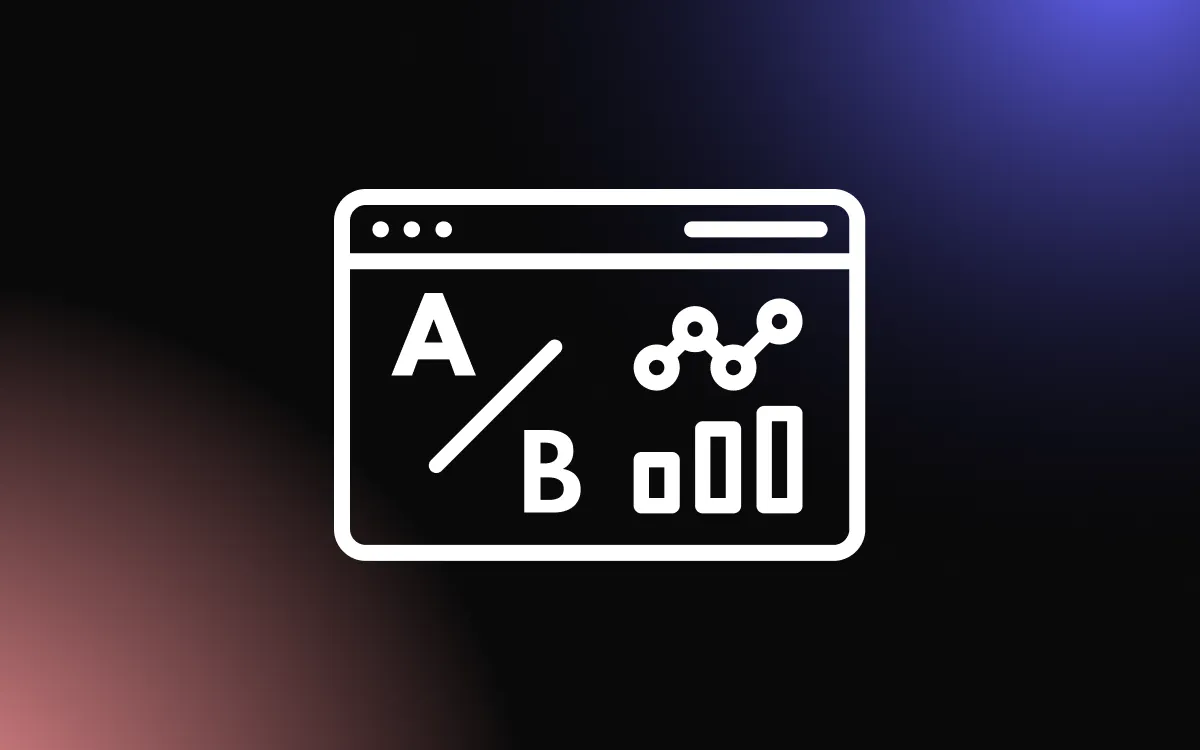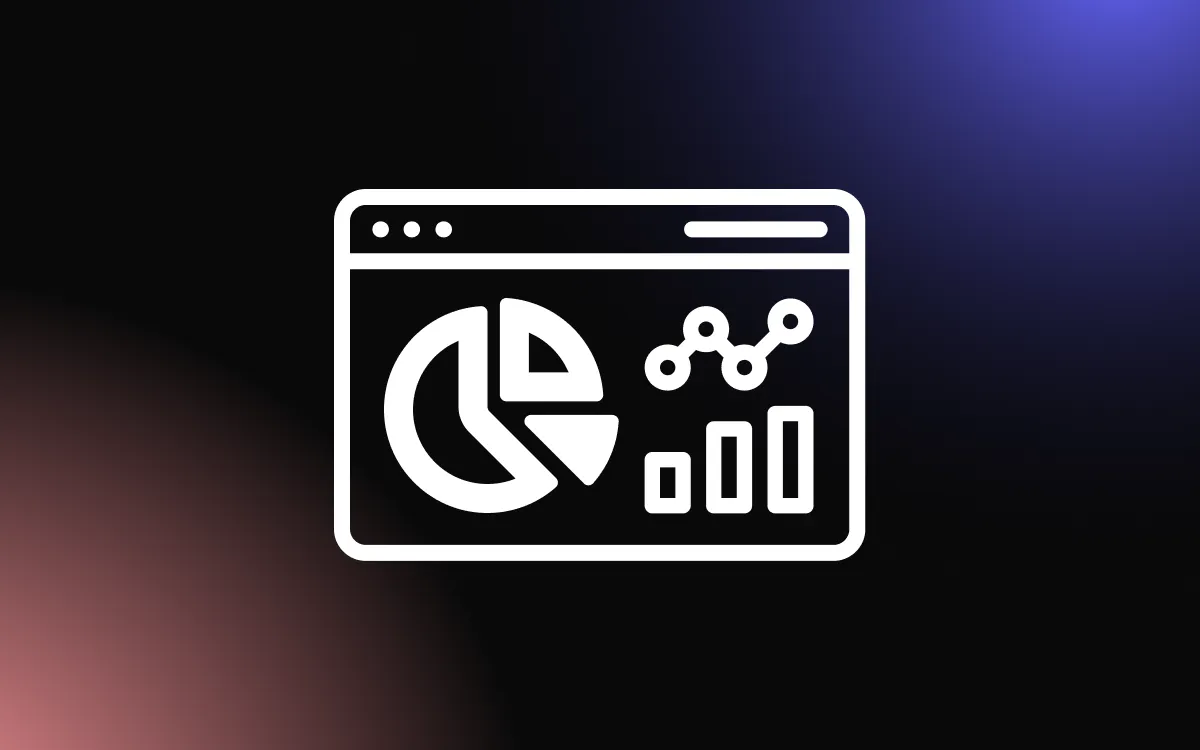
Slow websites lose visitors faster than you can say "loading." When people visit your site, they expect it to load quickly, and if it takes too long, they will click away to find what they need somewhere else. The challenge is that many website owners want to add cool features and widgets to make their sites more interesting, but they worry these additions will make their loading speed even worse.
The good news is that you can have both fast loading times and engaging widgets if you choose the right ones.
In this article, we will show you exactly how to improve website loading speed while still using widgets that make your site better for visitors.
Understanding Website Loading Speed and Its Impact
Website loading speed is how long it takes for your webpage to fully appear when someone visits it. This includes all the text, images, widgets, and other elements on your page. Most people expect websites to load in under three seconds, and many will leave if it takes longer than that.
Loading speed affects more than just visitor happiness. Search engines like Google also care about how fast your site loads. Faster websites usually rank higher in search results, which means more people can find your business online. This makes loading speed important for both keeping current visitors happy and attracting new ones.
Several things can slow down your website. Large images take time to download. Too many plugins or widgets can create problems. Poor hosting services might not have enough power to serve your site quickly. Understanding these issues helps you make better choices about which widgets to add to your site.
When you add widgets to your website, each one needs to load its own code and sometimes connect to other services. This can add extra time to your loading speed if the widgets are not built properly. However, well-designed widgets can actually improve your site without hurting performance.
How Widgets Can Affect Loading Speed
Widgets are small pieces of code that add features to your website. They might show social media feeds, customer reviews, contact forms, or other useful tools. While widgets make your site more functional and interesting, they can also impact how to improve website loading speed if not chosen carefully.
Some widgets load slowly because they use too much code or connect to slow external services. Others might load large files or images that take time to download. Poor-quality widgets can even slow down other parts of your website, making the whole page load slower.
The key is understanding that not all widgets are created equal. Some companies build widgets with speed in mind, while others focus only on features without caring about performance. The widgets that load quickly usually use clean, efficient code and store their files on fast servers.
Good widgets also load only what they need when they need it. This means they might show a simple version first and then add more details as needed. This approach keeps your initial loading speed fast while still providing all the features visitors want.
Choosing Lightweight Widgets for Better Performance
The best way to maintain fast loading speed while using widgets is to choose ones specifically designed for performance. Lightweight widgets use less code, load faster, and do not slow down other parts of your website.
When looking for widgets, pay attention to how they are built. Modern widgets should use current web technologies that load efficiently. They should also compress their files to make them as small as possible. This reduces the amount of data that needs to download when someone visits your page.
Another important feature is lazy loading. This means the widget only loads when someone scrolls down to see it, rather than loading everything at once when the page first opens. This technique can dramatically improve your initial loading speed because visitors see the top of your page quickly.
Responsive design is also crucial for loading speed. Widgets that work well on both computers and mobile devices usually load faster because they adapt to different screen sizes efficiently. Mobile users especially benefit from this because they often have slower internet connections.
Common Ninja widgets are specifically designed with loading speed in mind. These widgets use optimized code, fast content delivery networks, and smart loading techniques to keep your website running quickly while adding useful features.
Top Lightweight Widgets to Enhance Website Loading Speed
Some widgets are particularly good at providing great features without hurting your loading speed. Here are three excellent examples that can actually help improve how to improve website loading speed while adding value to your site.
The Image Gallery widget shows multiple photos in an organized, attractive way. Instead of loading all images at once, it uses smart loading techniques to display images only when needed. This keeps your page loading quickly while still showing visitors your photos. The widget also automatically optimizes image sizes for different devices, which further improves loading speed.
Contact Forms are essential for most websites, but many form widgets are slow and clunky. A well-designed contact form widget loads quickly and processes information efficiently. It should work smoothly on all devices and not require visitors to wait while the form loads or submits. Good contact form widgets also include spam protection without adding extra loading time.
Social Media Feed widgets can be particularly slow because they need to connect to external social media services. However, optimized social media widgets use caching and smart loading to show your social content quickly. Instead of making visitors wait while the widget contacts Facebook or Instagram, it shows cached content immediately and updates it in the background.
These widgets work well because they prioritize loading speed while still providing the features your visitors want. They use modern coding techniques, efficient servers, and smart loading strategies to keep your website fast.
Best Practices for Implementing Widgets Without Slowing Down Your Site
Even the best widgets can slow down your website if they are not implemented correctly. Following some simple best practices ensures your widgets help rather than hurt your loading speed.
First, only add widgets you actually need. Each widget adds some loading time, so having too many can slow down your site even if each one is individually fast. Think carefully about which widgets provide real value to your visitors and remove any that are not essential.
Place widgets strategically on your pages. Widgets that appear at the top of your page load first and can delay when visitors see your main content. Consider putting less critical widgets lower on the page where they can load after your main content is already visible.
Test your loading speed regularly, especially after adding new widgets. Many free tools can measure how fast your website loads and identify which elements are causing slowdowns. This helps you spot problems quickly and fix them before they affect many visitors.
Keep your widgets updated to their latest versions. Widget developers regularly improve their code to make it load faster and work better. Outdated widgets might have performance problems that newer versions have fixed.
Monitor your website analytics to see how loading speed changes affect visitor behavior. If you notice people leaving your site more quickly after adding widgets, you might need to remove some or find faster alternatives.
Optimizing Widget Loading Speed Performance
Beyond choosing good widgets, you can take additional steps to optimize their performance and further improve how to improve website loading speed on your site.
Configure widgets to load only the features you actually use. Many widgets come with lots of options, but enabling everything can slow them down. Turn off features you do not need and customize settings to match your specific requirements. This reduces the amount of code that needs to load.
Use caching whenever possible. Caching stores copies of your widget content so it loads faster for repeat visitors. Many hosting services offer caching options, and some widgets have built-in caching features. This can significantly improve loading speed for people who visit your site multiple times.
Optimize the placement and timing of when widgets load. Critical widgets that visitors see immediately should load first, while less important ones can wait. Some widgets allow you to delay their loading until after your main content appears, which improves the perceived loading speed.
Consider using a content delivery network for your widgets. CDNs store copies of widget files on servers around the world, so visitors download them from a nearby location. This reduces loading time, especially for visitors who are far from your main server.
Regular maintenance helps keep widgets running efficiently. Remove widgets you no longer use, update existing ones, and periodically review your site's performance to ensure everything still loads quickly.
Testing and Monitoring Your Website's Loading Speed
Measuring your website's loading speed helps you understand how widgets affect performance and identify areas for improvement. Several free tools make this process easy and provide detailed information about your site's performance.
Google PageSpeed Insights is one of the most popular tools for testing loading speed. It analyzes your website and provides specific recommendations for improving performance. The tool tests both mobile and desktop versions of your site and shows exactly which elements are causing slowdowns.
GTmetrix offers detailed reports about your website's loading speed and suggests specific improvements. It shows how long each element takes to load, including individual widgets. This information helps you identify which widgets might be causing performance problems.
Test your website regularly, not just once. Loading speed can change as you add content, update widgets, or modify your site. Monthly testing helps you catch problems early and maintain good performance over time.
Pay attention to real user data, not just testing tools. Your website analytics can show you actual loading times experienced by real visitors. This information is often more valuable than lab tests because it reflects real-world conditions and internet connections.
Keep records of your loading speed over time. This helps you see trends and understand how changes to your website affect performance. If loading speed gets worse after adding new widgets, you will know which ones might be causing problems.
Boost Your Website Performance with Smart Widget Choices
Improving your website loading speed does not mean giving up on useful widgets and features. By choosing lightweight, well-designed widgets and implementing them correctly, you can create a fast-loading website that still provides excellent user experiences.
The key is being selective about which widgets you use and ensuring they are optimized for performance. Quality widgets like those from Common Ninja are built with loading speed in mind, so you get the features you want without sacrificing performance. Remember to test your site regularly and monitor how changes affect your loading speed.
With the right approach, your website can load quickly while still offering all the interactive features and functionality your visitors expect.


